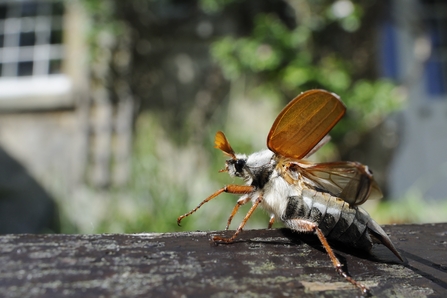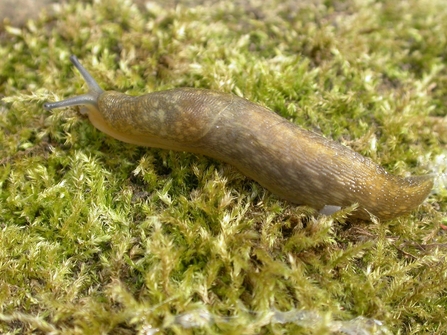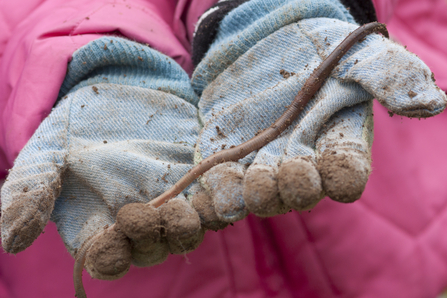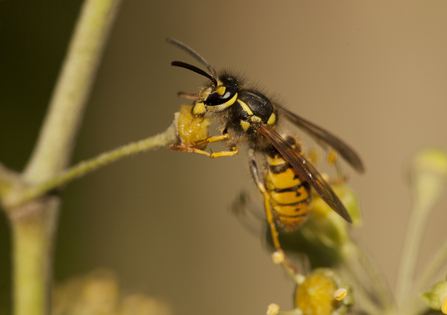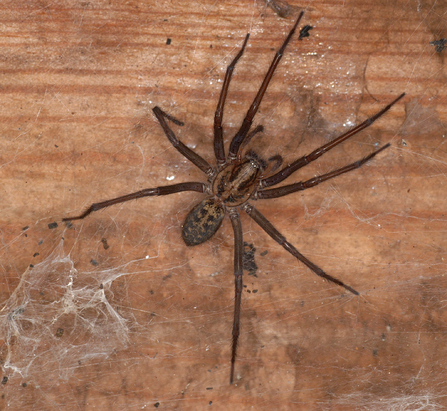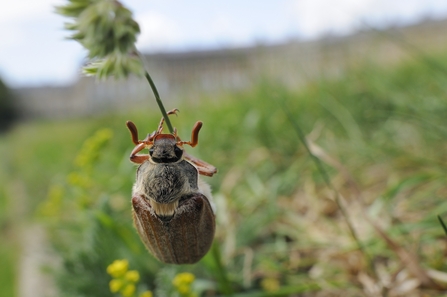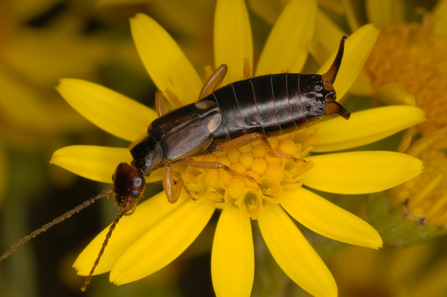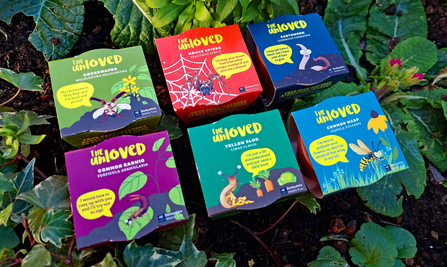You may be a fan of the great outdoors and the beautiful wildlife that comes with it, but even the biggest nature lovers can admit to hating some of our winged or multiple-legged friends – especially bugs. In fact, according to a recent YouGov survey of common phobias, 45% of the British population admitted to having a phobia of spiders.
However, it’s these species who need our love most of all. They may not be as cute and photogenic as foxes or hedgehogs, but bugs are a vital part of our ecosystem, pollinating over 87% of plants, including many of our crops. Without them, our dinner plates would be looking a little scarcer, to say the least! However, bugs are usually forgotten about when it comes to preventing wildlife decline; 41% of insects face extinction, dying out 8 times faster than their larger, more lovable wildlife counterparts.

